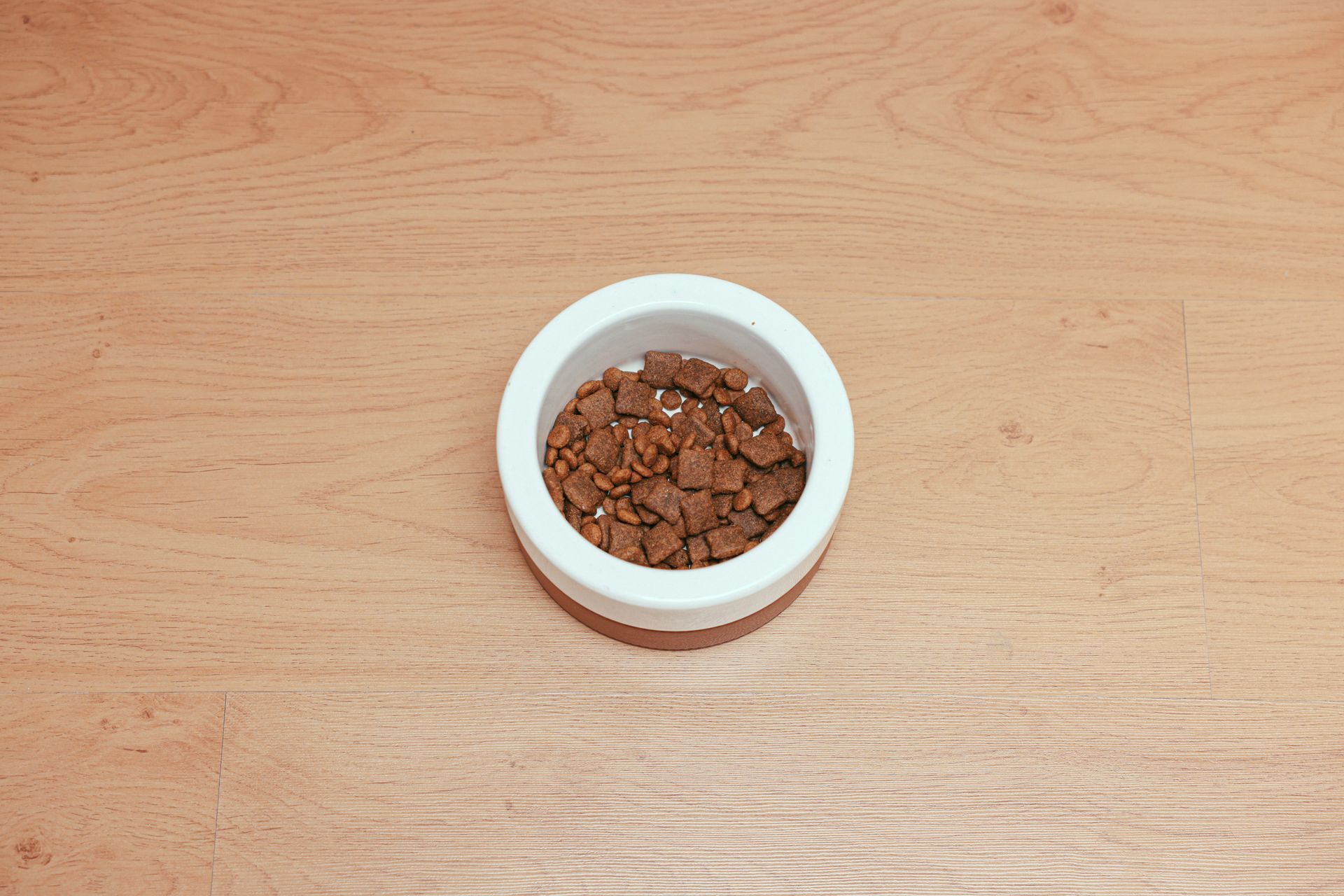Dog & Cat Ear Infections (Otitis Externa): What Ohio Pet Parents Should Know
Ear infections are among the most common reasons dogs and cats visit the vet. At Veterinary Wellness Partners (VWP), we diagnose and treat otitis externa—outer ear canal infections—every day across our Ohio locations in Orrville (44667), Barberton (44203), Canal Fulton/Jackson (44614), Seville/Wadsworth (44273/44281), and Medina (44256).
Good news : Most ear infections are very treatable when addressed early. The sooner we examine your pet, the sooner we can relieve the itch, odor, and pain.
What is otitis externa?
“Otitis externa” refers to inflammation and infection of the
outer ear canal, which includes the vertical and horizontal canals leading to the eardrum. While middle and inner ear infections can occur, the vast majority of ear problems we see involve the outer ear.
Common signs of an ear infection
- Frequent head shaking or ear scratching
- Redness, swelling, or warmth of the ear canal
- Odor or brown/yellow discharge
- Rubbing the ear on the floor or furniture
- Pain when the ear is touched
- Holding the head tilted or one ear lower than the other
Call us right away if you notice a head tilt, balance problems, unusual eye movements, or if the ear flap suddenly swells (possible
aural hematoma). These may indicate a more serious infection or complication.
Why ear infections happen
Ear infections in pets typically develop because something triggers inflammation in the ear canal, creating a warm, moist environment where yeast and/or bacteria thrive. Common triggers and risk factors include:
- Allergies (environmental or food)—a leading cause of recurrent ear infections
- Moisture from bathing or swimming (“swimmer’s ear”)
- Anatomy (hairy or floppy ears, narrow canals)
- Foreign material (grass awns, debris) or excess wax
- Underlying conditions (hormone or skin disorders)
- Ear mites—more common in
kittens and puppies; uncommon in healthy adult dogs and cats
How we diagnose ear infections
At your pet’s visit, our medical team will:
- Perform an ear exam (otoscopy) to assess the ear canal and eardrum.
- Collect a small sample of ear debris for cytology, a quick test that identifies yeast, cocci, and rods
- When indicated, especially with chronic or severe cases, we may culture the infection or recommend additional testing to address underlying allergies or skin disease.












